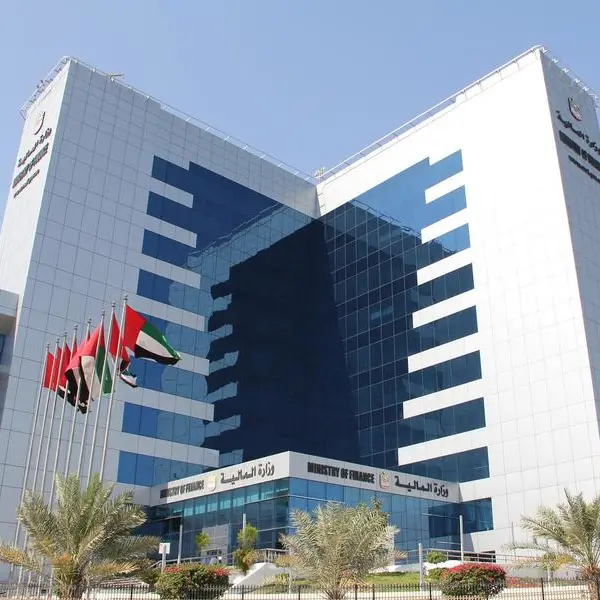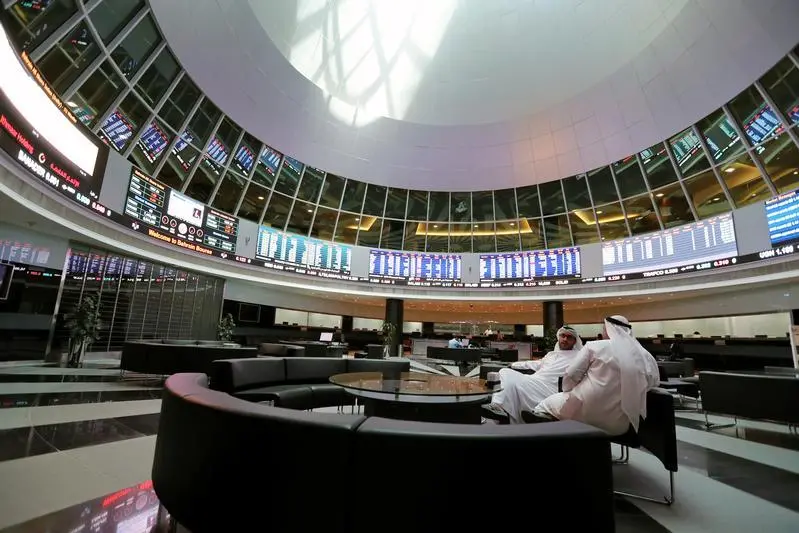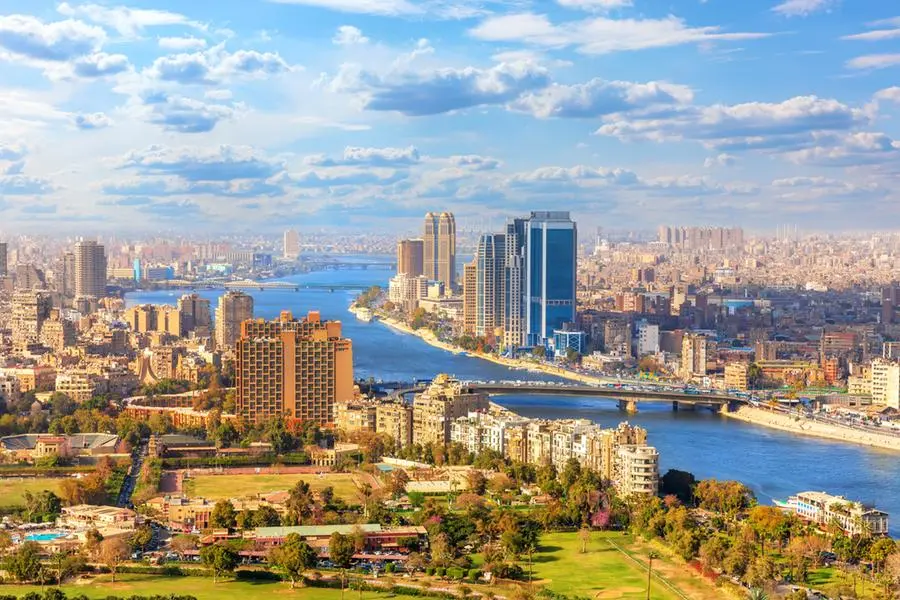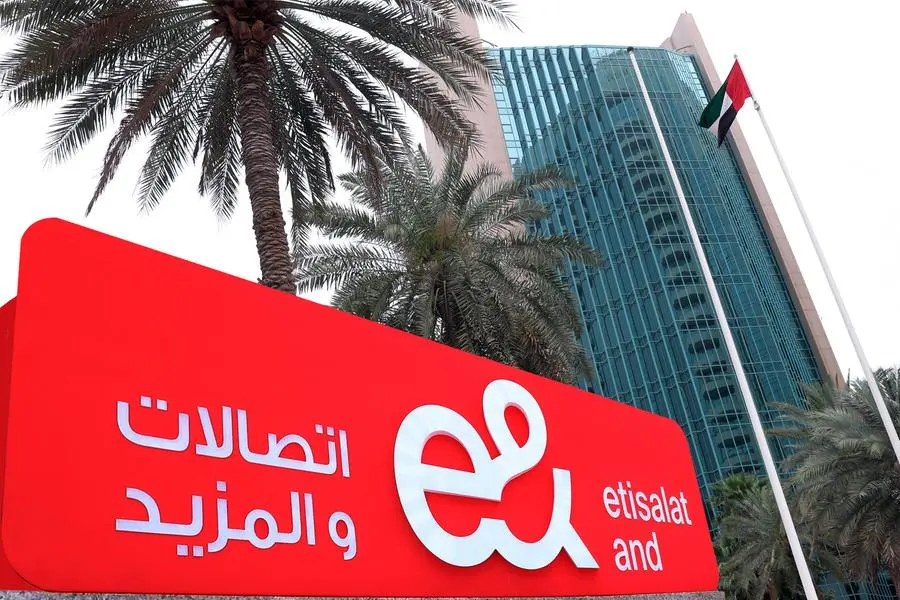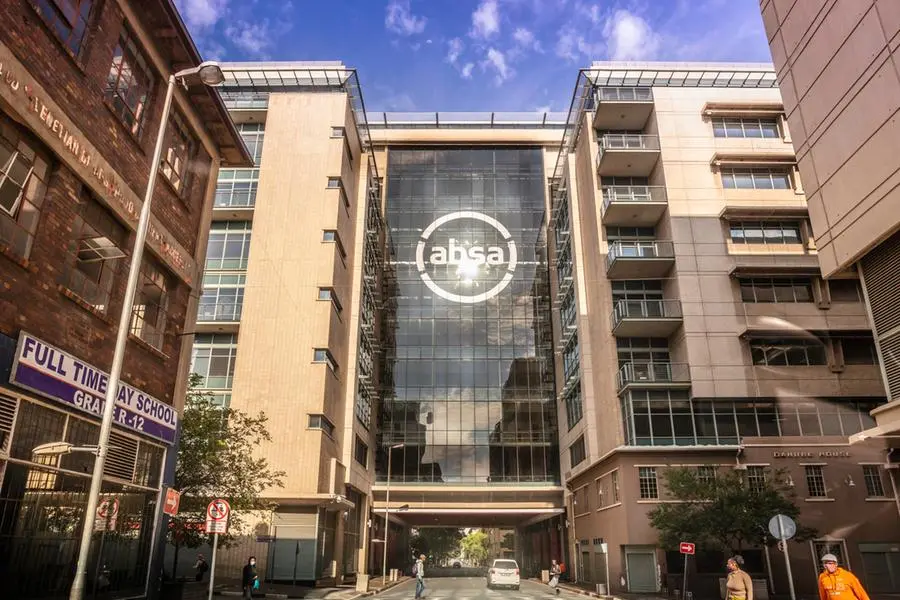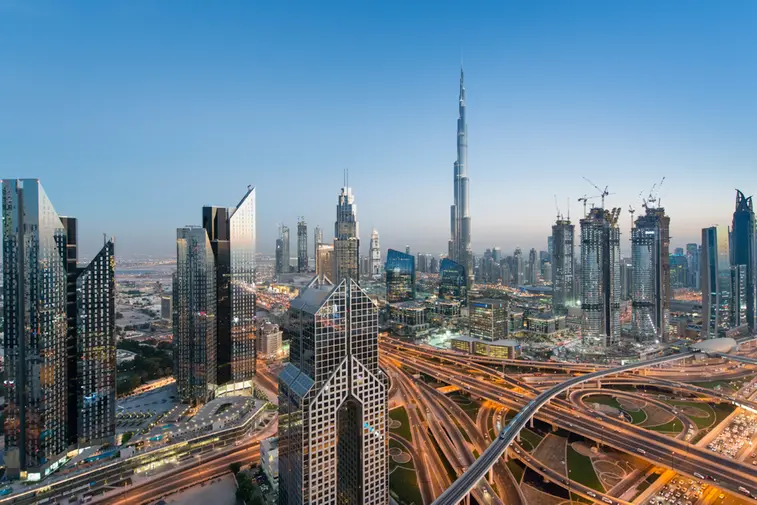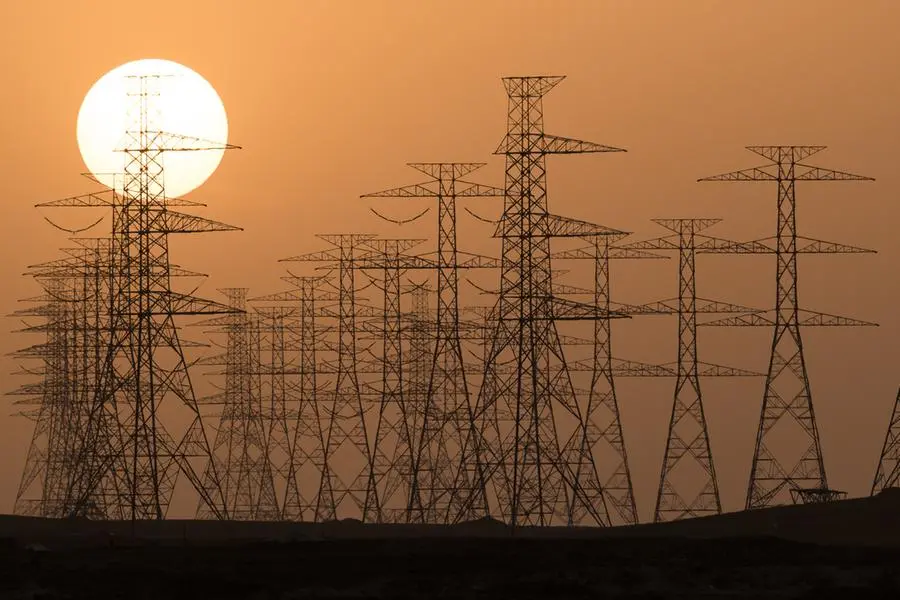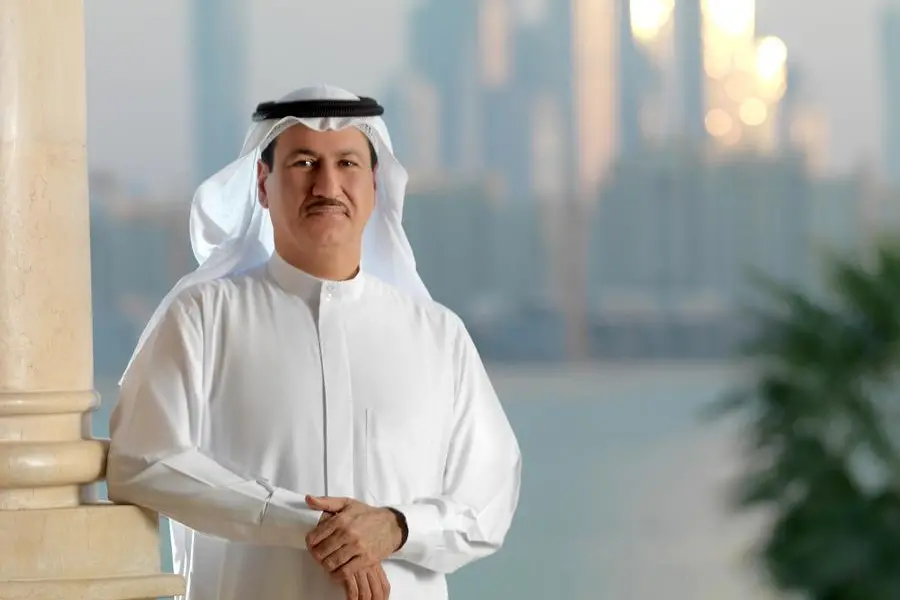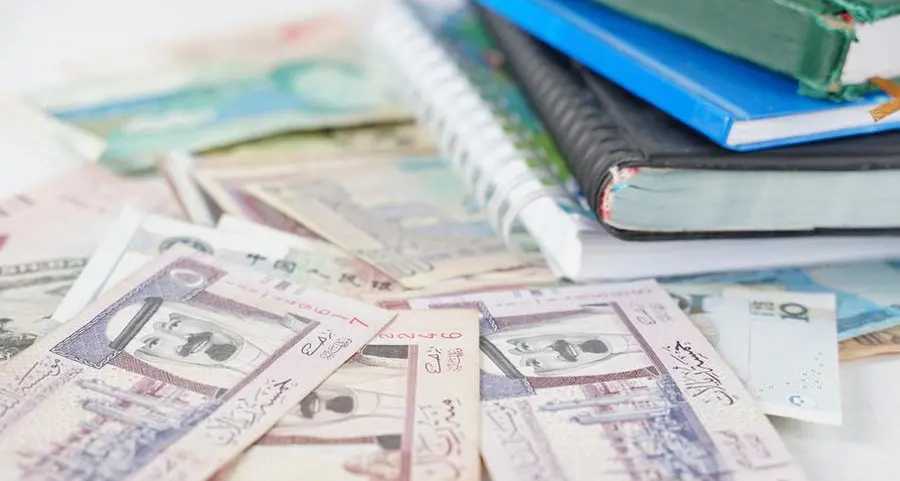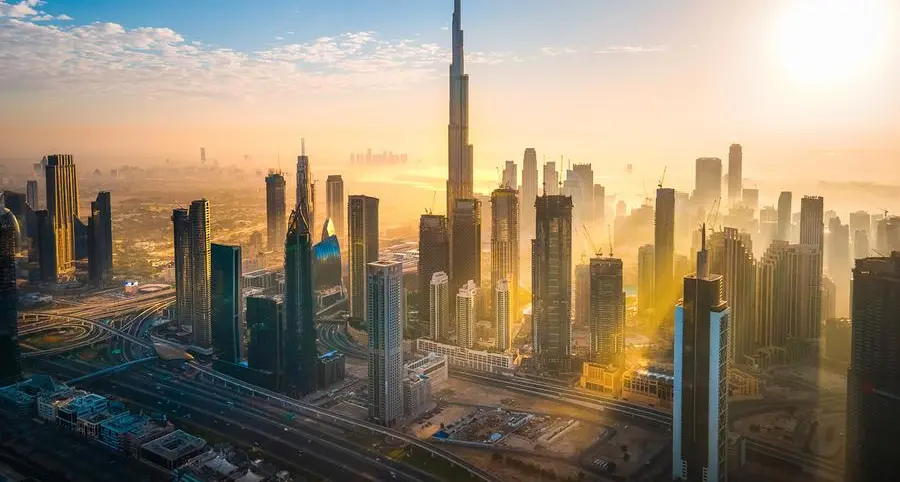Kingdom of Saudi Arabia
Hot Topics
IMF announces economic growth forecast to be around 6.5% in 2011.
Lack of mortgage law in Saudi Arabia continues to strangle home building sector.
Government announces huge budget for social infrastructure and training to address unemployment fears.
OVERVIEW
King Abdullah's recent pledge to spend 30% of the Kingdom's annual economic output (approximately US$130 billion) on mass housing, job creation and training, unemployment benefits and a raft of other social and economic measures has been welcomed with great enthusiasm.
However, as the supply and demand gap continues to widen in the housing sector, affordability remains the key deterrent for home ownership amongst Saudi nationals. Saudi Arabia has the largest real estate market in the GCC, but the least developed mortgage market and this has resulted in a shortage of owner-occupied residential housing, particularly at the lower end of the income scale.
Saudi Arabia's mortgage penetration rate is estimated at around 2%, while markets such as the UAE have rates at around 14%. Even this is well below mature western markets such as the United Kingdom where the penetration rate is currently around 70%.
Despite this property prices have continued to rise in all sectors due to growing demand pressure and the volume of land transactions has also increased. In many parts of the Kingdom, land speculation has driven prices beyond their economic value, with the result that large tracts of residential land are, in practical terms, undevelopable.
With a rapidly growing population and an unemployment rate estimated at over10% among nationals, job creation, particularly in the private sector, is becoming an increasingly pressing issue for the Government. At present only one in ten private sector jobs is held by a Saudi national.
In a bid to tackle national rates of unemployment, the labour ministry has proposed a new strategy under which work permits of foreign workers who have spent six years in the country will not be renewed. At the moment it is unclear if this decision will be applied to all foreign workers or just to those in specific jobs, and moreover remains to be seen if the implementation of such strategies will be helpful or harmful to the economy.
25% of the annual budget has been allocated for education and training, together with a newly established Human Resource Development Fund, making it is clear that the Government is placing a high priority on addressing this issue particular.
The International Monetary Fund has recently forecast that economic growth in Saudi Arabia will increase to 6.5% in 2011, up from 4.1% in 2010. Despite regional political uncertainties, the Government's commitment to public spending, largely financed by high oil prices is providing significant short term stimulus to the economy.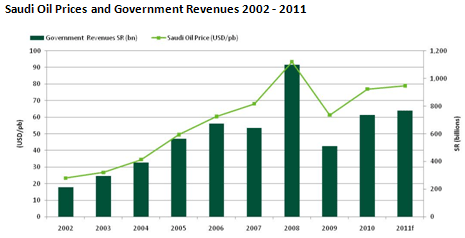
OFFICE SECTOR
Government initiatives are intended to create thousands of white collar jobs for Saudi nationals with 60,000 jobs created in the Government sector alone. Although much of this will be accommodated in Government buildings there is likely to be some 'trickle down' to the private sector both in terms of employment and space.
Riyadh
The development of King Abdullah Financial District is shifting the centre of gravity for Riyadh's prime office space northwards. Completions in Riyadh amounted to over 100,000 square metres in the first half of 2011, which significantly exceeded growth in demand which was closer to 50,0000 square metres.
As a consequence, vacancy rates for quality office space have risen, particularly in the existing central business district (CBD) where vacancy rates are currently around 20%.
The majority of tenants continue to seek efficient and practical space at relatively modest cost, but traffic congestion is making the CBD in particular, a less attractive proposition at the moment.
The favourable conditions for tenants have resulted in some movement to better quality property, more demands for professional property management and a squeeze on rental rates.
The recent push to generate large numbers of white collar jobs for Saudis includes the creation of thousands of Government jobs in Riyadh.
Naturally, this will support the market to some extent but landlords are still faced with a highly competitive and oversupplied market.
As a consequence, landlords are, for the first time, venturing into 'incentives' territory, including such offers as rent-free periods, assistance with fit-outs, professional property management and reduced or zero service charges.
However, landlords still expect tenants to pay three months' rent up-front and all agency fees. Although increasingly employed, the concept of landlord incentivisation remains somewhat embryonic, but is likely to be increasingly forced upon landlords as the significant supply pipeline reaches fruition.
Jeddah
Approximately 250,000 square metres of quality office space is due to be delivered in Jeddah during 2011, although the city appears still to have little consensus in terms of the future geographic focus for quality office space.
This volume of space represents an increase of approximately 20% in this sector and is clearly a significant volume for the market to absorb.
OFFICE SECTOR
Jeddah The new office space entering the market in 2011 and 2012 is generally heading northwards in Jeddah, with the existing CBD, located at the southern end of Madinah Road, now somewhat remote from the upper-income suburbs in northern Jeddah and difficult to access using the existing road network.New office space often comes in mixed-use buildings (combined with retail) or mixed-use streets such as Tahlia Street and Rowdah Street where office users predominate during the day and shoppers abound in the evenings. Although somewhat unusual in global and certainly Middle East terms, this 'sustainable' approach seems to work reasonably well in a car-borne society where public transport is a little used option and ensures that parking spaces are utilised all day long. Traffic congestion at peak times in these mixed-use areas is certainly less onerous than in Riyadh for example.
The largest office space project in Jeddah at present is the Headquarters scheme on the northern Corniche, which when completed in 2012, will offer approximately 75,000 square metres of local Class A office space. The project is currently offered for sale on a strata title basis and has reported some success in this endeavour to date, which is interesting given the well-documented problems with strata title office buildings elsewhere in the region, particularly in Dubai.
Nevertheless, office space take up has been healthy in 2011, with many tenants also taking the opportunity to upgrade accommodation in a climate of slightly weakening rental rates, but similar to the other major markets in Saudi, tenants are typically price-sensitive and focused on the rental rate and number of parking spaces rather than the quality and 'prestige' of new properties.
Al Khobar and Ad Dammam
The Eastern Province has historically maintained the lowest office rental rates when compared to Jeddah and Riyadh. However, the oil price surge in recent years has transformed the market, with a significant influx of oil industry service providers locating to Al Khobar, largely to serve Aramco's growing professional services requirements.
Again, the location of 'prime' office space is slightly erratic with no clear CBD continuing to result in office development along the major highways linking Al Khobar with Ad Dammam. Major high-rise office buildings are often interspersed with low-rise strip malls and 'big box' retail. These office projects, however, offer relatively easy access and there remains sufficient land to accommodate growing parking requirements on land nearby or to the rear of such properties.
Unfortunately, the growth in demand for office space has been more than matched by growth in supply, and the existing oversupply situation looks set to grow in the Al Khobar market in the short to medium term and rental rates are dropping as a result. Tenants remain focused on price, parking and access as the three key criteria with western oil firms in particular also considering 24 hour security to be a fundamental issue.
Landlords are increasingly recognising the need to offer incentives but at present these are limited to rent free periods only.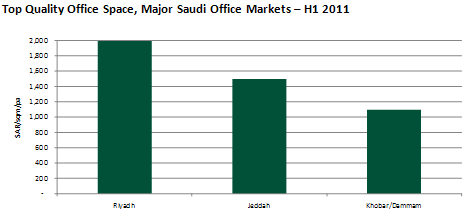
Hot Topics
Residential property prices have increased by as much as 60% in the first half of 2011.
Equity and debt-servicing requirements may continue to make home ownership a goal beyond the reach of many Saudi households in the short term, with the result that implementation of the new mortgage law, may take some time to take hold.
RESIDENTIAL SECTOR
As the housing demand and supply gap continues to widen due to robust population growth and limited supply (particularly of low and middle income houses), Saudi Arabia continues to face a housing shortage. The result has been an increase in property prices by as much as 60% in the first half of 2011. Currently less than 35% of Saudis own a home, largely due to the lack of mortgage finance available and because the minimum salary required to obtain a mortgage remains out of reach for most.
The Saudi mortgage law has been the subject of rumour and speculation for well over a decade and it seemed all was lost, when in the second half of 2010, Parliament shelved the project indefinitely. However, in the wake of political unrest across the Middle East, King Abdullah, recognising the demands of his people, identified housing as a national priority and on 18 March 2011 announced a programme to spend $67 billion building 500,000 homes in addition to his earlier pledge of $15 billion to finance the construction of 1.65million homes over the next five years. In addition, the country's housing authority was transformed into a fully-fledged Ministry, with a budget of $4 billion.
In early April 2011 the Shura Council agreed its final amendments to the law and it has now been passed to King Abdullah for final approval. The timetable for final sign off is not known but the implications for the Saudi housing market are enormous.
The lack of mortgage finance in Saudi Arabia has resulted in residential sales prices that lag well behind other GCC markets, with the result that developers are simply unable to meet demand at the middle and lower ends of the market.
Naturally, it is hoped that the 'mortgage law' will free up banks to address the needs of the market, but a note of caution should be sounded. It is likely to take some time for the law to be fully assessed and more importantly, tested in the market. Despite the enormous opportunities in housing finance for the financial services sector, banks may continue to be cautious in the short term, and the pricing of mortgage products may only fall once the robustness of security for lenders has been fully tested in the courts.
Although many are hopeful that implementation of the mortgage law will be instrumental in bridging the affordability gap, for the mortgage law to truly have an impact on the market, financing terms will need to be within reach for middle and low-income Saudis.
Average Annual Rents for Villas (300-400m) - Saudi Arabia 2009-2011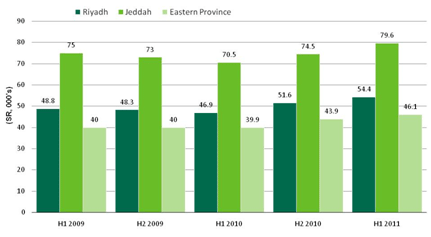
RESIDENTIAL SECTOR
Equity and debt-servicing requirements may continue to make home ownership a goal beyond the reach of many Saudi households in the short term, with the result that implementation of the new mortgage law, whilst highly laudable and entirely necessary, may take some time to take hold. Consequently, in a market where housing needs are increasingly pressing but purchasing property remains out of reach, the rental market in H1 2011 continued to experience upward pressure for all types of homes.In line with the general market preference for villas, villa rental rates rose more quickly than apartments in H1 2011 according to a country-wide real estate market survey conducted by Banque Saudi Fransi in April 2011.
Riyadh
The Saudi capital, which houses a quarter of the Kingdom's population saw small villa values throughout the city rise by an average of 11.5% during the first half of 2011. Apartment prices also rose in Riyadh, but by far less. According to Banque Saudi Fransi, the average asking price of smaller villas in some areas of north Riyadh jumped has by 59.4% in comparison to the same last year. The cost of a small villa in Riyadh currently averages approximately SR1.34 million, while larger villas (400-700 sqm) are averaging SR1.83 million.
Rents for small villas in the Saudi capital rose by 32% year on year, in comparison to the Kingdom's median price increase of 15%.
Jeddah
Rental rates for small, centrally located villas gained 21.5% year on year, while the city average was a six percent gain over the same period. Jeddah villa rents generally rose by around 11% during the first half 2011, while the more expensive northern suburbs of the city saw lease values for small villas gain by 14.5% year on year. Rental villas in the 300 to 400 sqm range are available for an average annual rental rate of around SR80,000 at present, more than 70% more expensive than comparable property in Eastern Province.
Eastern Province
In Eastern Province, Al Khobar's real estate prices have historically been stronger than those of Ad Dammam and Dhahran and this gap in pricing has widened in recent years, with larger villas typically priced 60-65% more expensive in Al Khobar than Ad Dammam.
With villa sale prices on the rise, the rental market in Eastern Province has also undergone modest price inflation with 300-400 sqm villas available at an annual rental rate of around SR45,000.
-Ends-
For more information regarding the MarketView, please contact:
Mike Williams
Senior Director, Middle East Research & Consultancy
CB Richard Ellis
Ground Floor
Manama Centre
Government Avenue
PO Box 11370
Manama
Kingdom of Bahrain
t: +973 1655 6602
f: +973 1655 6610
e: mike.williams@cbre.com
Afshan Dadabai
Manager, Research & Consultancy
CB Richard Ellis
Ground Floor
Manama Centre
Government Avenue
PO Box 11370
Manama
Kingdom of Bahrain
t: +973 1655 6603
f: +973 1655 6610
e: afshan.dadabai@cbre.com
http://www.cbre.bh/bh_en/research
Disclaimer 2011 CB Richard Ellis
Information herein has been obtained from sources believed to be reliable. While we do not doubt its accuracy, we have not verified it and make no guarantee, warranty or representation about it. It is your responsibility to independently confirm its accuracy and completeness. Any projections, opinions, assumptions or estimates used are for example only and do not represent the current or future performance of the market. This information is designed exclusively for use by CB Richard Ellis clients, and cannot be reproduced without prior written permission of CB Richard Ellis.
Press Release 2011





